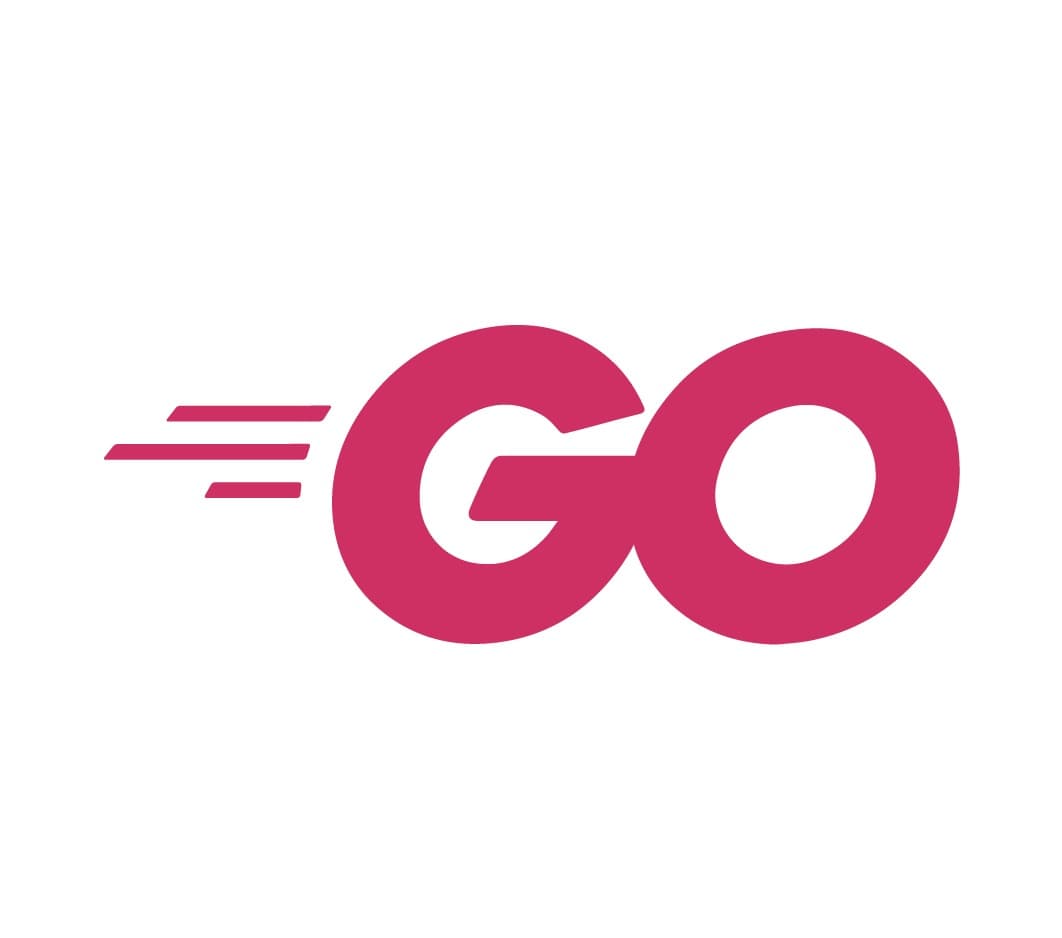Go Language (Golang): Complete Guide for Developers (2025)

Introduction to Go Language
Go, also called Golang, is an open-source programming language created at Google in 2007 by Robert Griesemer, Rob Pike, and Ken Thompson. It was designed to improve developer productivity and ease the development of scalable, high-performance systems.
Go merges the readability of interpreted languages like Python with the efficiency of compiled languages such as C. It is widely used for cloud-native applications, backend services, and microservices.
Go’s simplicity, fast compilation, and concurrency model make it a top choice for developers in 2025.
Popular cloud technologies like Docker, Kubernetes, and Terraform are built using Go, proving its reliability for real-world enterprise applications.
History and Evolution
Go 1.0 was officially released in March 2012. Its philosophy focused on simplicity, clarity, and performance.
The language steadily gained adoption, particularly among organizations needing efficient backend and cloud solutions, including Google, Uber, Dropbox, and Netflix.
Over the years, Go introduced features such as modules, generics, and enhanced concurrency support, strengthening its position as a production-ready language.
Go’s consistent toolchain allows developers to write, test, and deploy applications efficiently without relying on external dependencies.
Core Features of Go Language
- Simple Syntax: Minimalist and easy to read for beginners and professionals alike.
- Fast Compilation: Converts code to native binaries quickly, improving development speed.
- Garbage Collection: Automatic memory management reduces memory leaks and overhead.
- Concurrency: Goroutines allow lightweight, efficient parallel execution.
- Cross-Platform: Supports Windows, Linux, and macOS natively.
- Robust Standard Library: Built-in packages for HTTP, JSON, and networking tasks.
- Strong Tooling: Includes `go fmt`, `go test`, `go mod`, and `go vet`.
Example Code: Hello World
package main
import "fmt"
func main() {
fmt.Println("Hello, Go World!")
}Go Concurrency and Goroutines
One of Go’s most powerful features is its built-in support for concurrency. Goroutines are lightweight threads that allow multiple tasks to run simultaneously with minimal overhead.
Channels in Go allow safe communication between goroutines, making concurrent programming more structured and less error-prone.
For example, you can fetch multiple URLs concurrently using goroutines and channels, significantly improving performance in network-heavy applications.
package main
import (
"fmt"
"time"
)
func sayHello() {
fmt.Println("Hello from Goroutine")
}
func main() {
go sayHello()
time.Sleep(time.Second)
}Go vs Other Languages
| Feature | Go | Python | C++ |
|---|---|---|---|
| Performance | High | Medium | Very High |
| Ease of Learning | Easy | Very Easy | Complex |
| Concurrency | Excellent (Goroutines) | Weak | Moderate |
| Memory Management | Automatic GC | Automatic GC | Manual/RAII |
| Compilation | Fast Native | Interpreted | Compiled |
Real-World Applications
- Docker – Containerization engine widely used in cloud environments.
- Kubernetes – Orchestrates containerized applications.
- Terraform – Infrastructure as code tool for cloud automation.
- Grafana – Visualize and monitor system metrics.
- Prometheus – Collects and stores time-series metrics efficiently.
- Hugo – Fast static site generator written in Go.
- InfluxDB – High-performance time-series database.
Best Practices in Go Development
- Use idiomatic Go code; follow `Effective Go` guidelines.
- Organize code using packages and modules.
- Write tests using Go’s built-in testing package.
- Use error handling idiomatically with `if err != nil`.
- Use Go’s concurrency patterns wisely; avoid sharing state when possible.
- Leverage interfaces for flexible and maintainable design.
- Keep functions small and readable; follow Go’s simplicity philosophy.
Learn Go in 2025
Frequently Asked Questions
Is Go easy to learn?
Yes, Go has a simple syntax and clear conventions, making it accessible for beginners and experienced developers alike.
Why is Go popular for backend development?
Go is fast, concurrent, and has a robust standard library, making it perfect for APIs, microservices, and cloud-native applications.
What companies use Go?
Major companies like Google, Uber, Dropbox, Netflix, and Docker use Go in production.